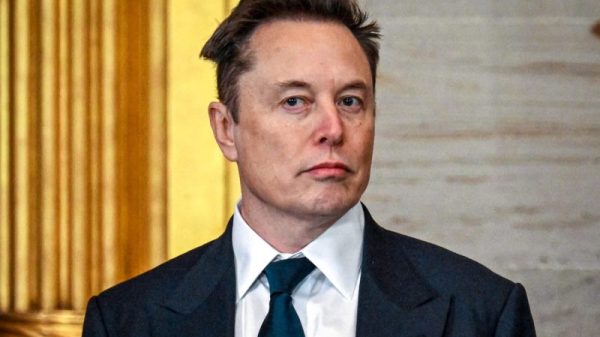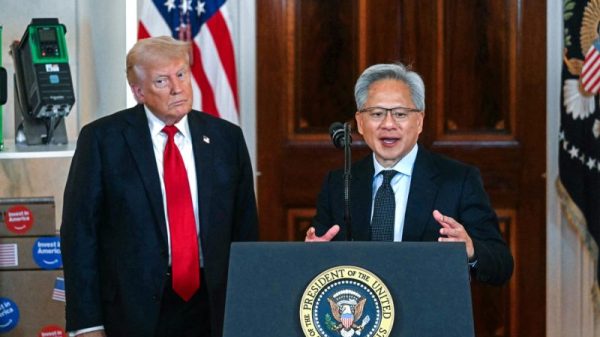In the modern age of advancing technology, the concept of self-driving cars has become a prominent topic of discussion and innovation. While the idea of autonomous vehicles may seem like a recent development, a 160-year-old theory about coal sheds light on the future of self-driving technology.
The Richard Courtney’s Theory of Coal, proposed in the mid-19th century, suggests that the utilization of any abundant and cheap energy source leads to a significant transformation in society. In the past, coal revolutionized transportation, manufacturing, and countless other industries. This theory can now be applied to the current transition towards self-driving cars powered by electricity.
Coal-powered vehicles played a crucial role in the industrial revolution, providing the energy needed to power steam engines and locomotives. Fast forward to the present day, and we are witnessing a similar shift towards electric vehicles (EVs) powered by renewable energy sources. The rise of EVs and self-driving cars is poised to transform the automotive industry and the way we commute.
One key aspect of the Theory of Coal is the idea of disruption. Just as coal disrupted traditional modes of transportation, self-driving cars are set to disrupt the automotive industry. Companies like Tesla, Waymo, and Uber are investing heavily in autonomous vehicle technology, aiming to provide safer, more efficient, and convenient transportation options.
Furthermore, the Theory of Coal emphasizes the importance of scalability. Coal allowed for mass production and distribution of energy, powering the expansion of industries and transportation networks. Similarly, self-driving cars have the potential to scale rapidly, offering a transformative solution to urban congestion, road safety, and environmental impact.
Additionally, the Theory of Coal highlights the role of societal acceptance in driving technological change. As coal became widely accepted and integrated into daily life, self-driving cars must navigate regulatory, ethical, and public perception challenges to gain widespread adoption. Building trust in autonomous vehicles is crucial for their successful integration into mainstream transportation systems.
In conclusion, the 160-year-old Theory of Coal provides a fascinating lens through which to analyze the future of self-driving cars. By drawing parallels between the past revolution driven by coal and the current shift towards autonomous electric vehicles, we can better understand the societal impact and potential implications of this innovative technology. The transformation promised by self-driving cars is not merely about transportation; it is a reflection of our evolving relationship with technology and our ability to adapt to change.


































